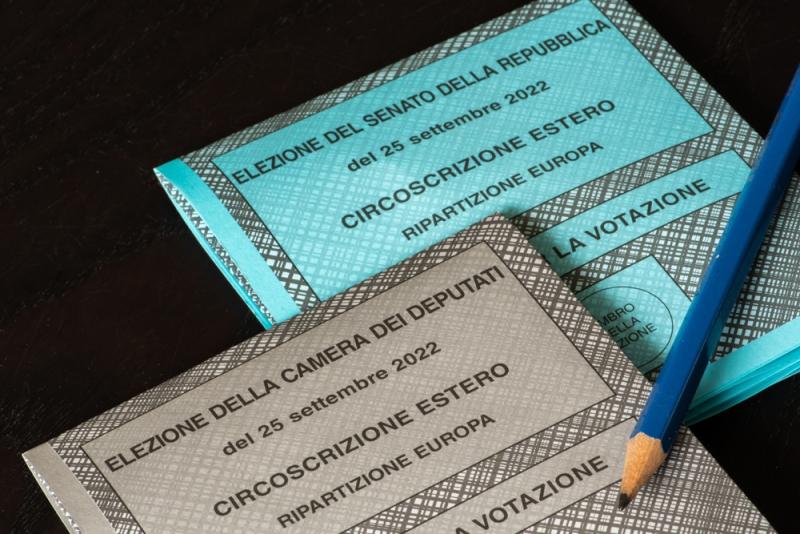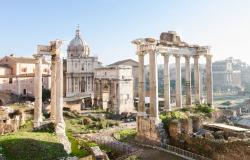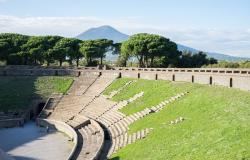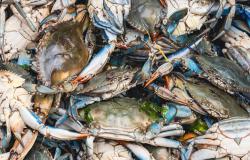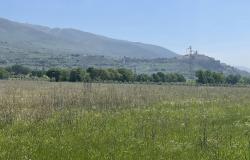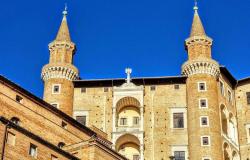Exit polls in Italy’s September 25 elections showed a clear majority for the right-wing coalition led by Giorgia Meloni, all but guaranteeing that she will become the country’s first female prime minister. Meloni claimed victory late last night in Rome, holding up a sign that read Grazie Italia (Thank you, Italy). Her far-right party Fratelli d’Italia is on track to take home 26% of the vote, as reported by ANSA.
But these projected results may mean little to readers who are confused by Italy’s notoriously convoluted electoral system and shapeshifting politics. So, let’s go over some of the basics of how we got here.
Italian government basics
Italy’s government is a bicameral parliament made up of senators and deputies. These representatives are loyal to a number of parties — more than 40! — but only about eight of them are vying for the most votes, and therefore, legislative power.
Every five years, the public elects a new parliament. They do this by selecting a party (or coalition if already established, or individual who represents a party). If a single party doesn’t receive more than 50% of the parliamentary seats — usually the case — the parties can form a coalition agreeing to work together to form the new government and select a prime minister. The percentage of votes received by a party also determines how many of their representatives get to take the seats of Parliament.
It's a lot more complex than that, but we will spare you the headache. Instead, let’s take a look at how the Italian government got here (it's not straightforward) and who the main players are (there’s a lot of them).
Why Italy was pushed to the polls yesterday
Under normal circumstances, elections would have taken place next spring, at the close of the five-year term of the previous government, which began in 2018. But in July, three parties — the Movimento 5 Stelle (5-star movement) led by Giuseppe Conte, the Lega (League) party led by Matteo Salvini and Forza Italia (Forward Italy) under Silvio Berlusconi — gave a vote of no confidence to prime minister Mario Draghi, who had been leading the government since February 2021.
This no confidence vote meant the government could no longer legislate. Draghi was tasked with coming to an agreement with the parties to form a new government, but he decided to resign instead of mediating the political squabbles. This led to the public election of a new government.
Parties and candidates in the ring this round
Right
After the vote of no confidence, Lega leader Matteo Salvini continued his relationship with Fratelli d’Italia leader Giorgia Meloni, who has been slowly bolstering her public support in the background for years.
When the last government was elected in 2018, Meloni was a fringe candidate with barely enough support to obtain 18 of the 315 seats in the Senate and 23 of the 630 in the Chamber of Deputies. But she has remained steadfast in her opposition to previous coalitions, which has resonated with many Italians.
With the additional support of Silvio Berlusconi, they formed a pre-election coalition that polls were betting would take the majority.
Left
Another coalition was formed by the long-standing Partito Democratico (Democratic Party), led by Enrico Letta, also a former prime minister. Their support comes from a series of minor allies like +Europa (More Europe), a pro-Europeanist party, and Verdi Sinistra, a Leftist and Green party alliance.
Moderate/Anti-establishment
Meanwhile, the popular anti-establishment party, Movimento 5 Stelle, and its leader Giuseppe Conte, who, by the way, was prime minister from February 2018 to February 2021, decided to go it alone.
Making up the so-called Terzo Polo (Third Pole) are two former Partito Democratico members, Matteo Renzi and Carlo Calenda, who broke up with their establishment party to run under the flags of their own minor parties. Renzi, also a former prime minister, is head of Italia Viva (Italy Alive). Calenda, on the other hand, left in 2019 to form a new political movement, Azione (Action), which is liberal and pro-Europeanist.
What the apparent results mean for travel to Italy
Likely they won't mean much for travel and tourism in the short term. Although Meloni has been vocal about her anti-immigration stance, her interests are focused on Mediterranean sea crossings.
Regarding Covid-19, Meloni would repeal the obligation to vaccinate and never impose a “green pass” system, which allowed certain people, through vaccination or recovery, to move about more freely during lockdowns. This could mean fewer requirements for travelers if Italy were to see an increase in cases in the near future.
Meloni’s plan for tourism, though vague, would seek to reinforce and expand the sector, with increased presence of Italy represented abroad and support for the industry internally.
